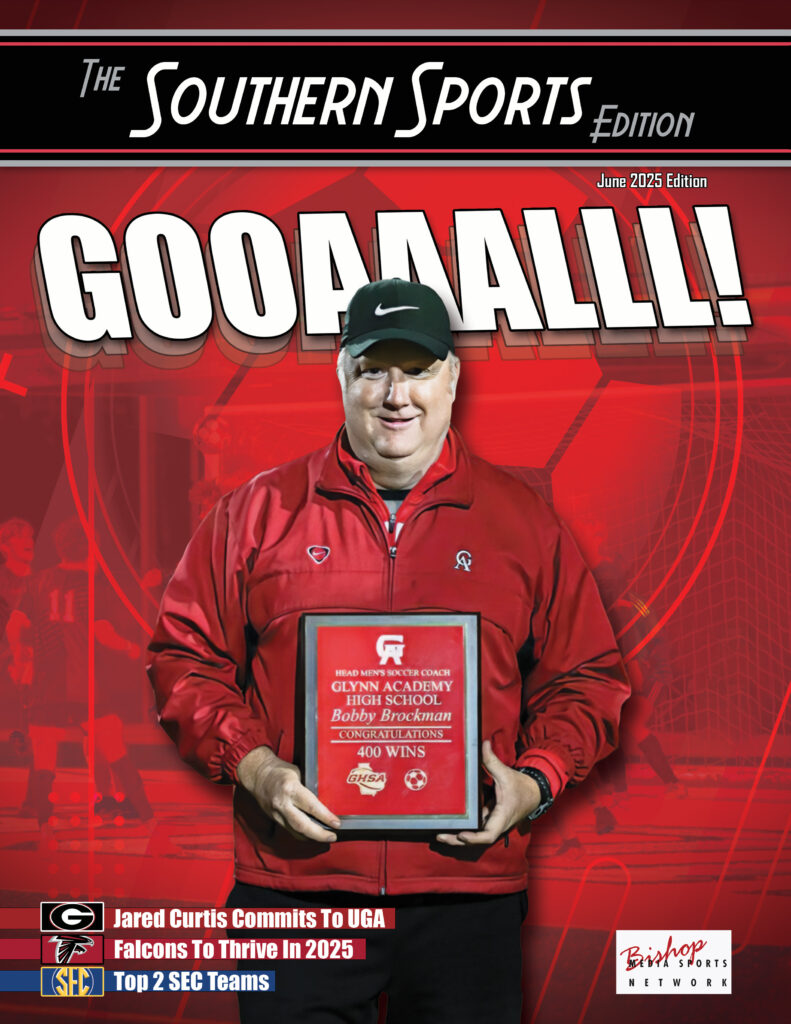Dollar Delivery
 By: Robert Craft
By: Robert Craft
TheSouthernSportsEdition.com news services
In Mandalay Bay (Las Vegas) last week, the impending House settlement dominated conversations at the National Association of Collegiate Directors of Athletics convention.
Panels were filled with questions, and not many answers. The top leaders in college sports don’t know the exact date when revenue sharing and the new world order will begin – speculation is the 2025-26 academic year.
Meanwhile, others are trying to figure out how much revenue they can share while keeping an athletic department up and running.
Alongside this, another major question remains: How will revenue actually be split up?
The NCAA and Power 5 conferences voted to sign off on the settlement agreement in May, agreeing to pay $2.77 billion in back damages to athletes over 10 years. The second piece of the agreement is revenue sharing, allowing institutions to pay $20-22 million annually to athletes.
How plaintiff attorneys divide back damages is expected to be how schools approach Title IX. This might shape a framework for revenue sharing. The settlement is on track to disperse 75% of TV revenue in back damages to football. From there, 15% would be funneled to men’s basketball, 5% to women’s basketball and the final 5% divided by the remaining athletes.
As administrators try to figure out how to split up revenue-sharing dollars, if Judge Claudia Wilken ratifies this portion of back damages it’s expected to be looked at as a “framework for the future”, antitrust attorney Jay M. Ezelle believes. The Birmingham, Alabama, based litigator with Starnes Law has advised NIL collectives and institutions in the NIL Era. Additionally, Ezell previously worked on NCAA investigations.
If Wilken ratifies a settlement that follows a similar breakdown of TV revenue, Ezelle believes it could help institutions navigate Title IX
.“Title IX pervades everything you do and an athletic department has to be in compliance with Title IX,” he said. “So, it is thoughtful and the right thing to do to be considerate. This is an issue that has not been litigated. And so, that presents uncertainty.
You have to address that uncertainty. That being said, the people who just say, ‘Let’s just distribute this 50-50 in order to comply with Title IX’ are not looking at the flip side of that. Because if you do it that way, you may actually be in violation of antitrust laws. Because you’re doing something that’s against the market.
The top-funded NIL collectives are spending between $13 to $20 million annually on football rosters at the moment. In basketball, the highest spending programs are pushing $5 million.
Ezelle believes splitting revenue evenly will only necessitate the need for collectives to step up. And it would also open up the possibility for football players to rationalize how much money they’re receiving vs. the revenue they’re producing.
For reference, The Big Ten announced a seven-year, $8 billion media deal with CBS, NBC and Fox in 2022. The SEC starts its new deal with ESPN this season, expected to be worth around $811 million annually.
The industry-wide financial stress test created by the House settlement is forcing campus leaders to look in the mirror and see the same image many have identified for years: bloated athletic departments.
Expenses must be adjusted in a new financial model, of course, and the safe bet is fat will be trimmed behind the desks and not the sidelines – and college sports will continue to flourish.



